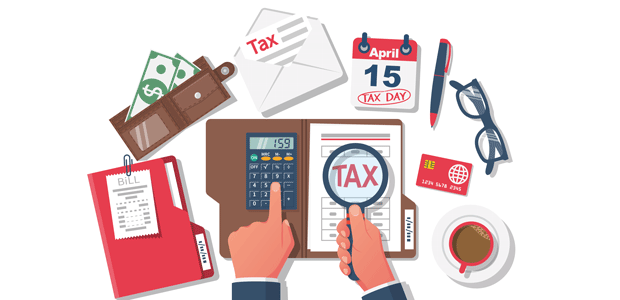
Making your tax return work for you
As Benjamin Franklin famously said, only two things are certain in life: death and taxes. And, as we approach the end of January, all attention turns to the latter. That’s right – it’s time for self-assessment tax returns to be compiled, reviewed and submitted.
Many startup founders will be preparing a tax return. There are many complexities that come with founding a growing business and one pertinent one concerns self-payment. Many founders will opt to pay themselves a nominal wage and take regular dividends, rather than a large salary. This allows funds to stay within the business when needed and makes plenty of sense for startup and scale up business management.
But, alas, it does make things more complicated when it comes to self-assessment for tax. As we approach the deadline for submitting annual tax returns, it’s timely for business owners (and indeed anyone needing to submit a return) to remind themselves of the requirements.
What’s more, this year’s self-assessment will have an added element of complication, as it’s the first time the Covid-19 relief SEISS grants will need to be included. Anyone who received these emergency grants now needs to declare them and be ready to pay tax on the income.
This year, as with last year, HMRC has allowed a period of grace when it comes to completing a return and paying the bill. While the deadline remains set at 31 January, those needing another month to complete will not be penalised – and those who cannot pay what they owe immediately can pay until 1 April 2022 with no penalty (except for interest charges).
Every year, there is a surge of people filing their return right up until midnight on 31 January – the final deadline for annual returns. It’s a highly stressful way of approaching tax management: so, what should professionals do now to make this year’s tax return pain-free?
Get organised – and fast
The 31st will roll around quickly, so if you aren’t already on top of your tax return (or your accountant is still waiting for those last few bits from you), make it a priority. Block out some time to get things moving – it pays to be proactive. The HMRC has also suspended its online chatbot help function for three months, so don’t rely on that form of additional help in answering your queries.
The devil’s in the detail
It’s important that your return shows your taxable profit accurately. That makes it vital that you go through the detail of the year carefully to uncover any discrepancies and note any tax-deductible spending, as these may have a considerable impact on the amount payable. Make sure your return reconciles properly with your accounts and that there are no unexplained grey areas.
Look at the deductibles
There are lots of tax-free elements to running a business. Phone bills, materials, marketing expenditure etc. can all be part of your business’ tax-free expenditure. Look at all your outgoings and establish what falls into this bracket.
Establish where your income has come from
If you’re receiving a nominal wage that’s above the tax-free bracket of £12,570 then you’ll be paying income and NI tax on that amount each month through PAYE. But your dividends are a separate matter; taking money out of a business in this way makes it more complex when it comes to self-assessment. Put down on paper where each part of your monthly income comes from so you can be clear on what elements need to be declared in this tax return.
Harness online software
If you aren’t already using digital solutions for your invoicing and expenditure, it’s time to give it some serious consideration. There are plenty of digital softwares that make running your business much easier – and tax tools like ours integrate with many invoicing softwares to automatically import your transactions, making your return that bit easier.
Tick the right boxes
This year, you’ll need to include SEISS grants. The biggest risk is not classifying them in the right way, which might actually lead to you overpaying on your tax bill. When completing your 2020/21 tax return, any SEISS grants received in the year ended 5 April 2021 need to be included. However, do not include the grants within your normal turnover figure; there is a specific box to the 2020/21 tax return for you to add details of any grants received, instead. If you were to include the grant within your normal turnover figure and leave the new box blank then it is likely HMRC will add your SEISS grants automatically, meaning the grant income is included twice – and you will pay tax on the same income twice.
It pays to be organised
Not only do you save yourself time and stress, but you can operate your personal finances with a clear idea of how much profit you’ll have after tax – thus avoiding any nasty surprises.

